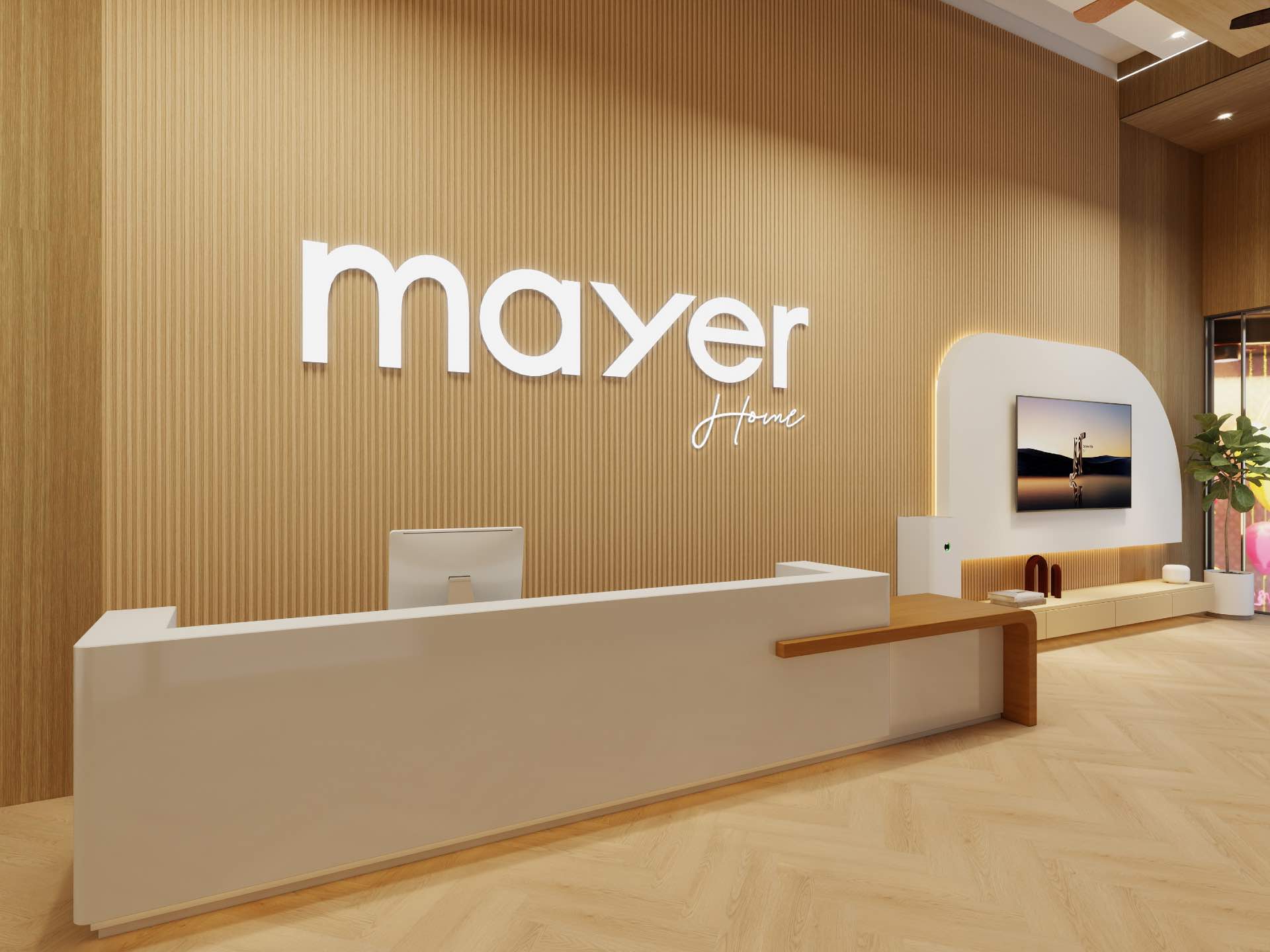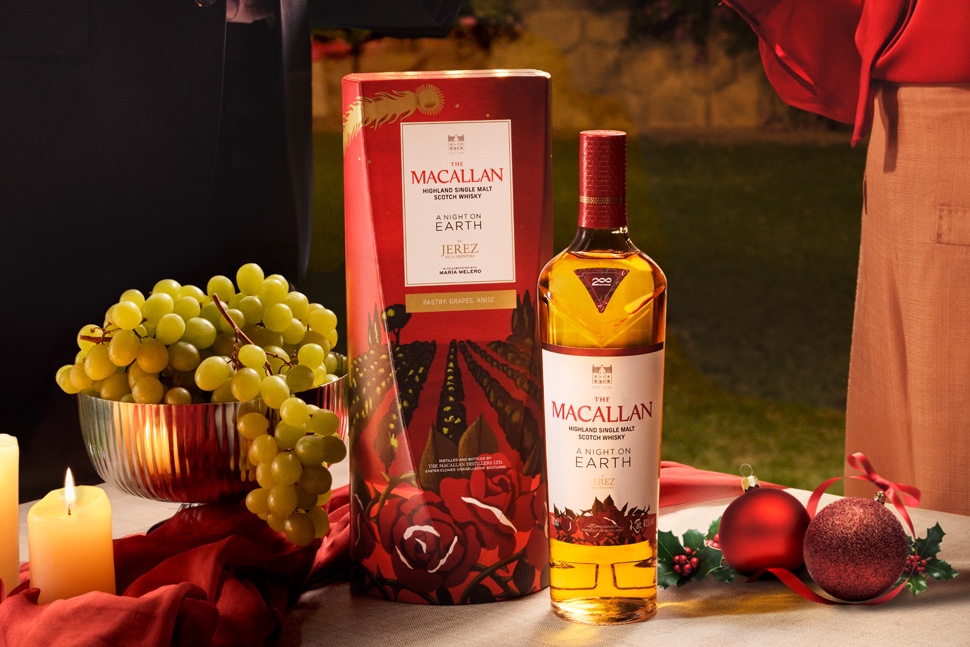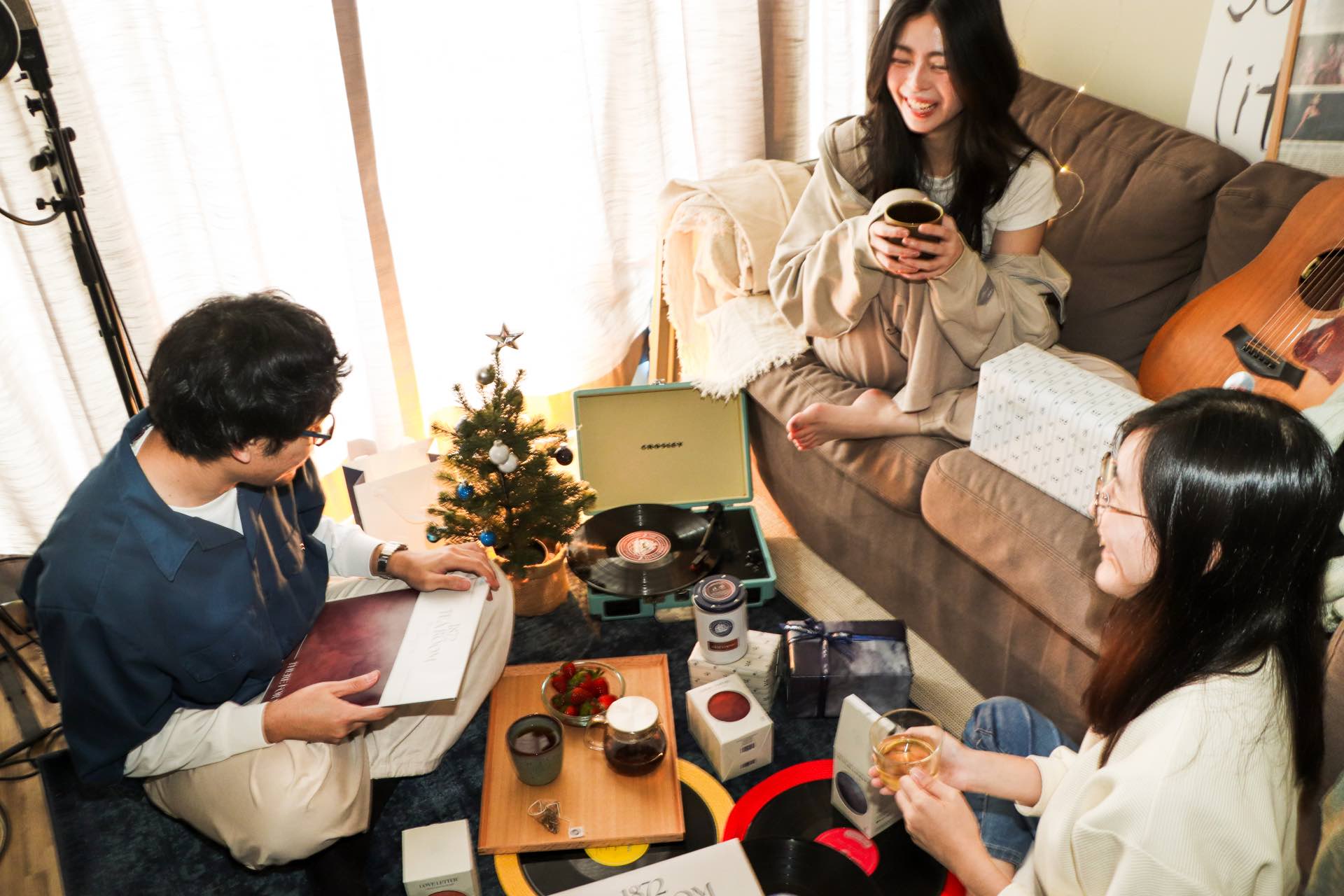French eyewear designer Alain Mikli has come a long way. It began in 1978, when the now legendary designer first broke the rules of the traditional eyewear business in France by launching a series of edgy eyewear that ignored most of the standards then, in the process becoming known as the pioneer of modern and avant-garde frames. Fast forward 30 years, and Alain Mikli is still making waves. Apart from his highly successful self-named eyewear empire that includes diffusion lines such as Mikli (aimed at the younger set) and Starck eyes (a collaboration with equally innovative product designer Philippe Starck), Milki has also dabbled in many art projects. These include the recent Touch and See exhibition, a collaboration with photographer Yann Arthus-Bertrand which was held along the walkways of Orchard Road, and even a venture into fashion, when he launched the Alain Mikli Clothing Collection in 1999. I-S talks to Mikli about his highly sought-after eyewear, and other art and fashion ventures.
Alain Mikli frames are some of the bestselling in the world, with sales figures reaching close to 600,000 pairs per year. What makes it so successful?
Well, that’s a very difficult question for me to answer. (Laughs) All that I can say is that we always strive to increase the pleasures of our customers, which is why we still have a strong following after all these years. It boils down to the technicalities involved in making the frames and their details. It’s not just about having a good design, as that’s just one side to making a good frame. When you buy Alain Mikli eyewear you’re always assured of the quality of our craftsmanship.
What sets the brand apart from others, such as L. A. Eyeworks, which has also made headways in creating cutting-edge eyewear?
Competition is always good. These brands can always try to recreate the shape of the most stylish eyewear out there, mine included, but in terms of replicating the structure and details of some of our works, I don’t think they can get it right. While design technology has improved over the years, especially when it comes to sunglasses, most of the other brands don’t concentrate on product innovation, which we do. They’re more interested in marketing. That said, it’s not my place to judge the works of my competitors because “taste” is personal, and whether I like their works or otherwise is subjective.
What are some of the so-called innovations that you have invested in?
We’ve made headway into the Asian market over the past few years, not just in terms of moving into the market, but also in creating frames that suit Asian faces, which are obviously different from European ones. These frames are lighter, as they are made for the Asian face structure, so to speak, and the way the frames fall onto the nose is different, and how the face of the frame is more flexible and auto-adjustable. Of course, there are other technicalities to the frames that I can speak off, but they are too technical.
You’ve done many collaborative works over the years, such as with famed fashion and product designers Donna Karan, Issey Miyake, Philippe Starck and Jil Sander. Which are your favorites?
Collaborations are always fun because one gets to learn and to have an open mind. These outside projects are always a challenge because I have to create something outside my own collection. If they’re done properly, they can be very good. One of my all-time favorites is with Philippe Starck. The thing is, the way we work is very similar, even if we’re in different fields. We are very positive people, and it makes working together so much easier and pleasurable. For me, the good thing about collaborations is that it brings people together to develop different artistic projects and show how ideas can converge.
So are we looking at more collaborations in the future?
Yes, but not too much. I can’t be like Louis Vuitton and support many big exhibitions and collaborate with too many people. It’ll be too obvious, do you know what I mean? I have to feel really comfortable and truly believe in a project to do it.
But we’ll be seeing more of your own fashion projects?
Yes. The line has taken some time to take off because most people don’t usually associate me with fashion, and the collection is actually very expensive—even more expensive than, say, Prada. But next year in June, we will be launching the Uomo Autumn/Winter Collection in Paris. The apparels are very conceptual, like my eyewear. I travel a lot, so I’m exposed to a lot of things, and I like my collection to be very different from what’s out there. I see it as a timeless collection—simple and practical. Sometimes the hardest things to create are those that are simplest.





